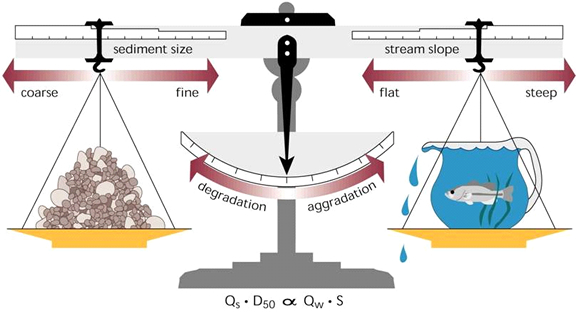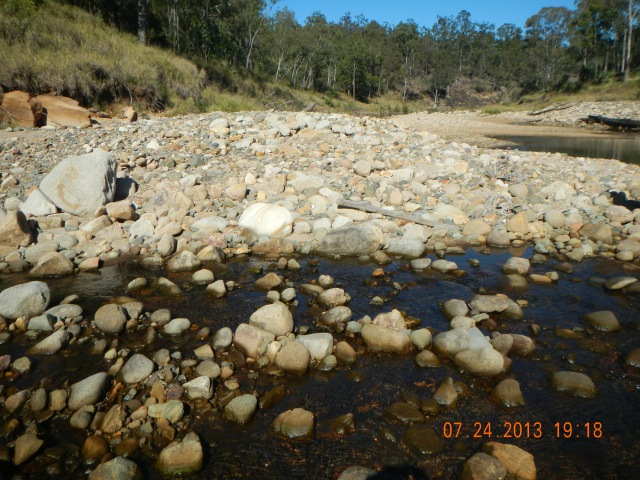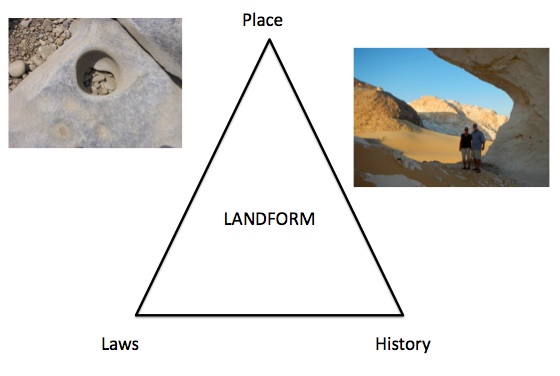2014 United Way Campaign Update October 1, 2014
The preferred method of donating during the UK United Way of the Bluegrass Campaign for 2014 is payroll deduction. It is so simple and allows you to designate your funds to a specific agency. All donations that do not have a designation request will go into the general funds category and will be used for the most pressing needs in our community.
If you need a tutorial on how to complete the payroll deduction, please visit the link here.
As the official start of the UK United Way Campaign is set to begin on October 1 and run through October 31, I wanted to share with you a brief update on how we are doing so far.
Since the beginning of September, several areas are collecting "Change for Change." I am purposely not counting these funds until the campaign ends with hopes that more contributions will come in via this method of giving to the United Way.
In addition to the "Change for Change" program, we also held our first-ever Chili/Soup Cookoff as a kickoff to our United Way campaign.
Thank you to the following people for their contribution to the Cookoff:
Meaty Chili with Spaghetti -- George White
Bean Soup -- Beverly Clayborne
Vegeterian Chili -- Stephanie Morris




